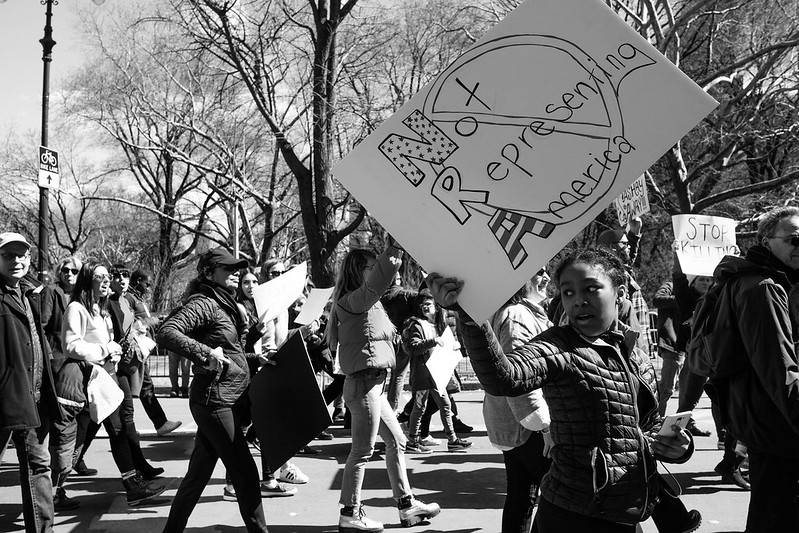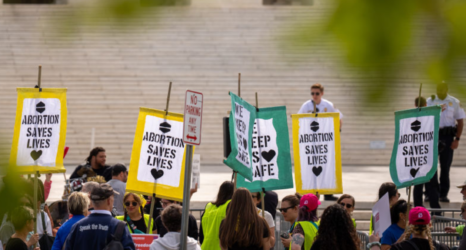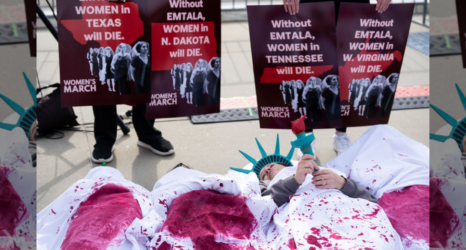The ties that bind us to one another—that transcend race, class, generational divides, language and more—are the stories we share. Silence is not an option when we are fighting for our lives.

Social media is a key element of my job as a communications strategist, but I haven’t posted on my own Instagram page in more than 18 months.
Professionally, I help organizations and people use the art and power of stories to connect to their audiences and create change, making social media an indispensable conversation and amplification tool. Personally, however, I‘ve been silent.
Like most people, I experienced tremendous loss and grief in 2020, and it depleted my inspiration and motivation.
Consecutive senseless murders of Black people—Ahmaud Arbery in February; Breonna Taylor, Daniel Prude and Manuel Ellis in March; George Floyd in May; Rayshard Brooks in June—are only a few. Widespread uprisings and protests while navigating an unprecedented global health pandemic. A highly contentious election season.
Work was overwhelming. I remarked to a friend, “So much is happening, I can’t write the statements fast enough. I can’t even process how I feel and I have to find words for others that I have yet to find for myself.”
This feeling persists today as Americans endure a multi-front assault on democracy playing out with the overturning of Roe v. Wade and the ongoing fallout from the 2021 insurrection.
Recent back-to-back mass shootings in Indianapolis, Highland Park, Ill., Buffalo, N.Y., and Uvalde, Texas, are just the highest-profile incidents out of a total of more than 300 so far for the year.
And as much as some would like to dismiss them and downplay their rampant destruction, America is still battling the impervious plagues of COVID-19 and white supremacy.
I’m reminded of writer, educator and Pulitzer Prize finalist Lucille Clifton’s powerful words in the poem, “Won’t You Celebrate With Me” (Book of Light, 1993):
“Come celebrate with me that every day something has tried to kill me and has failed.”
Each new day offers another triumph over constant attacks on our lives, livelihoods and liberation.
Communications professionals are in the thick of the uncertainty and instability that comes with crisis. The industry operates much like social media—an always-on, around-the-clock rush to be the first and the loudest. Whether a journalist, writer, publicist, social media manager, communications director or anything in between—the job is much more grind than the glamour that appears on the surface.
In my nearly 15-year career, I’ve written more scripts, speeches, statements and social media posts than I can count. A publicist might do seven revisions to a two-paragraph announcement and invest weeks of planning for a three-hour event. A crew will work a 14-hour production day for a single 60-second ad and capture 11 takes of a specific movement for the perfect video transition. A content creator will spend hours making graphics and writing copy for a social media post. After-hours calls, texts and group chats are the norm to prepare for breaking news.
There are more than 2.3 million communications professionals in the workforce, and the Bureau of Labor Statistics projects that media and communications employment is growing faster than the average for all occupations. Despite the vast labor pool and growth, the industry remains largely white male-dominated.
In the current media landscape, news gathering is a primary driver of both social media use and platform choice across all generations, from Boomers to Gen Z. More than 4 billion people use social media worldwide and spend an average of 147 minutes per day online.
With such a drastic shift away from traditional forms of news consumption and the potential impact social media has on the perception of news credibility, quality content is a must and the demand is high to constantly produce, consume and be in the know.
The unrelenting 24-hour cycle and speed-over-substance culture can exacerbate trauma and lead to information overload. In these cases, many people find that disengaging from the news and social media is an effective form of selfcare. However, demands to stay continuously apprised of the latest developments in everything from current events and industry trends to world affairs and public policy often prevent communications professionals from being able to disconnect.
The pressing need to be ‘plugged in’ can take a detrimental toll on communicators and even lead to burnout. A staggering 83 percent of marketing and communications professionals reported experiencing burnout in this recent Teamblind survey.
Certainly, burnout is not exclusive to the communications industry. Healthcare professionals and educators overcome impossible odds and stretch themselves beyond capacity in service to others every day. And the constant broadcasting of violent, harmful and catastrophic images almost guarantees some degree of secondhand trauma for adults and children.
Nevertheless, secondary trauma does have a unique impact on communicators. It’s one thing to experience trauma vicariously through others as with social media and the news. It is another matter entirely to be responsible for shaping the conversations and narratives around the devastation.
It can feel impossible to translate the volatile waves of emotion into meaningful words that still don’t even begin to convey the full breadth and depth of our collective grief.
This is especially true for communicators in the social justice space and BIPOC employees across the spectrum of scope, title, and cause because there is the same—and often greater—pressure to perform at a high level while navigating deeply personal and visceral reactions to perpetual trauma with no recourse or outlet.
Mary-Frances Winters, founder and CEO of The Winters Group, Inc., and author of the 2020 book, Black Fatigue: How Racism Erodes the Mind, Body, and Spirit says Black employees often stay silent about workplace stress ”for fear of being labeled as overly sensitive, not being believed—or even losing their jobs.”
The ties that bind us to one another—that transcend race, class, generational divides, language and more—are the stories we share. Every silenced voice and untold story erases a piece of our collective history and identity.
Communicators shape the future through their influence on how history is documented, preserved and shared. Their words and messages have the potential to spread like wildfire and impact everything from pop culture to policymaking.
I love what I do, but I can’t preach the power and absolute necessity of using your voice if I’m not actively using mine. Because silence is not an option when everyone is fighting for their lives.
Up next:





